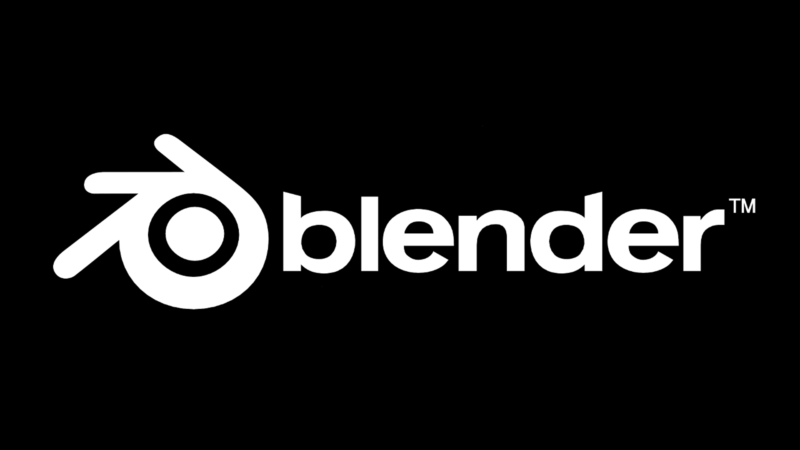How to find a successful start in Blender Benchmark.
Recently, Blender Benchmark, a new platform for collecting and presenting the results of hardware and software performance tests, was introduced. It is also important when creating a 3D configurator. This benchmark aims to provide an optimal comparison between system hardware and installations and helps developers track performance during Blender development.

The benchmark consists of two parts: a downloadable package that runs Blender and renders on multiple product files and the Open Data Portal on blender.org, where the results are uploaded (optional).
The Blender benchmark platform was developed with maximum focus on transparency and privacy. In addition, only free and open source software (GNU GPL) was used and the test results are anonymously distributed as public domain data – free for anyone to download and process.
This is to invite the entire Blender community to contribute the results of their performance tests and create an open dataset for the entire CG industry.
How it works.
Users download the benchmark client and run one of the two benchmarks (“fast” or “complete”). The benchmark collects information about the system, such as operating system, RAM, graphics cards, CPU model, and information about the performance of the system during the execution of the benchmark. The user can then share the result online on the Blender Open Data platform or store the data locally.
To gain control over the data shared online, the benchmark result is first linked to the user’s Blender ID and uploaded to mydata.blender.org, where the user can edit and anonymize the parts containing personal data (Blender ID username and hostname). Currently, this information is removed by default. No personal information is collected.
Blender Open Data Portal.
To visualize, share and explore the data, opendata.blender.org was developed. The data hosted on the website are available under public domain, are updated in almost real time after each benchmarking and are easy to process and well documented.
While hosting Blender benchmark results will be the main purpose of the Open Data Portal, it is planned to host more data sets in the future. For example, information about downloads of blenders, telemetry information, etc. Each data set published on the platform complies with the defined Open Data principles and its collection is clearly communicated.
Principles of Blender Open Data.
As the first guideline for the definition of Blender Open Data, the developers were inspired by the Eight Principles of Open Data. According to this, Blender Open Data should be the following:
- Completely. All public data is made available. Public data is data that is not subject to any valid data protection, security or privilege restrictions.
- Primary. Data is collected at source, with the highest possible granularity, not in aggregate or modified forms.
- Timely. The data will be made available as soon as possible to preserve the value of the data.
- Accessible. The data is available to a wide range of users for different purposes.
- Machinable. The data is structured in a meaningful way to enable automated processing.
- Non-discriminatory. The data is accessible to everyone without the need for registration.
- Not uncopyright protected. The data is available in a format over which no company has sole control.
- License-free. The data are not subject to any copyright, patent, trademark or commercial law regulations. Appropriate privacy, security and privilege restrictions may be permitted.
- Online and free of charge. Information is not sensibly public if it is not available free of charge on the Internet, at least not more than the marginal costs of reproduction.
- Permanent. The data should be available at a stable Internet location for an indefinite period of time and in a stable data format as long as possible.
When dealing with benchmark data, publishers follow a data protection-conscious approach.
Thank you very much for your visit.